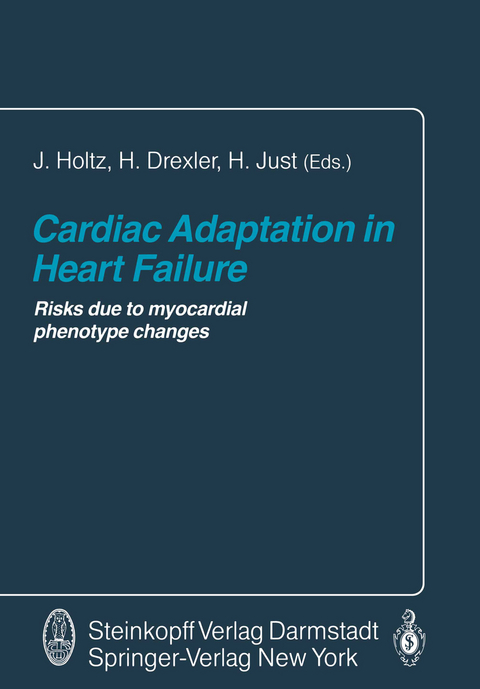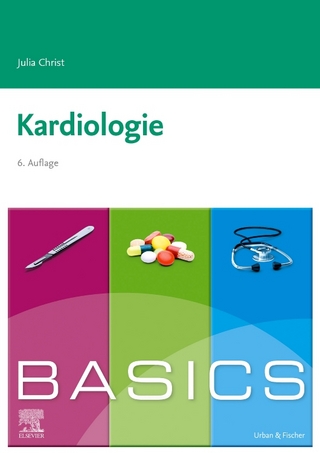
Cardiac Adaptation in Heart Failure
Steinkopff (Verlag)
978-3-642-72479-4 (ISBN)
Biological adaptation of the myocardium to a permanent change in loading conditions.- Role of protein kinase system in the signal transduction of stretch-mediated myocyte growth.- Sympathetic modulation of the cardiac myocyte phenotype: studies with a cell-culture model of myocardial hypertrophy.- Growth factors, growth factor response elements, and the cardiac phenotype.- Signaling mechanisms for the activation of an embryonic gene program during the hypertrophy of cardiac ventricular muscle.- Endothelial modulation of myocardial contraction: mechanisms and potential relevance in cardiac disease.- The regulation of calcium cycling in stressed hearts.- Energetics of calcium cycling in nonfailing and failing human myocardium.- Spontaneous sarcoplasmic reticulum Ca2+ release leads to heterogeneity of contractile and electrical properties of the heart.- Afterdepolarizations and triggered activity.- The contribution of nonreentrant mechanisms to malignant ventricular arrhythmias.- The potential role of Ca2+ for electrical cell-to-cell uncoupling and conduction block in myocardial tissue.- Failure of myocardial inactivation: a clinical assessment in the hypertrophied heart.- Diastolic dysfunction in pressure-overload hypertrophy and its modification by angiotesin II: current concepts.- Mechanisms of cardiac growth. The role of the rennin-angiotensin system.- Cardiac fibroblasts: function, regulation of gene expression, and phenotypic modulation.- Modulation of myocardial sarcoplasmic reticulum Ca++ -ATPase in cardiac hypertrophy by angiotensin converting enzyme?.
| Erscheint lt. Verlag | 21.12.2011 |
|---|---|
| Zusatzinfo | VIII, 206 p. 26 illus. |
| Verlagsort | Heidelberg |
| Sprache | englisch |
| Maße | 170 x 244 mm |
| Gewicht | 387 g |
| Themenwelt | Medizinische Fachgebiete ► Innere Medizin ► Kardiologie / Angiologie |
| Studium ► 1. Studienabschnitt (Vorklinik) ► Physiologie | |
| Naturwissenschaften ► Biologie ► Humanbiologie | |
| Schlagworte | Adaptation • Arrhythmia • Cells • Endothelium • heart • Heart Failure • tissue |
| ISBN-10 | 3-642-72479-5 / 3642724795 |
| ISBN-13 | 978-3-642-72479-4 / 9783642724794 |
| Zustand | Neuware |
| Haben Sie eine Frage zum Produkt? |
aus dem Bereich


